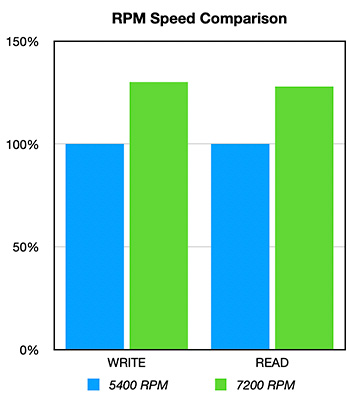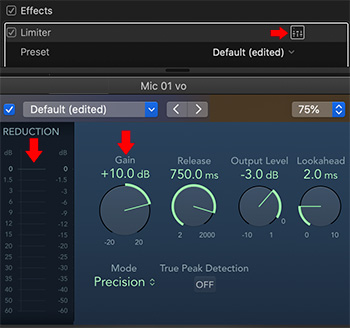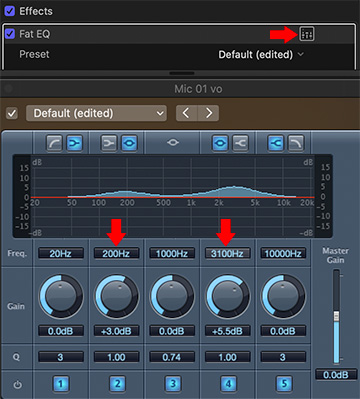… for Codecs & Media
Tip #1126: How Much Does Journaling Slow a RAID?
Larry Jordan – LarryJordan.com
Journaling improves data recovery, but slows both reads and writes.


I’ve spent the last two weeks optimizing my network and two of my locally-attached RAIDs. In this process, I found myself with two identical fully-optimized 4-drive RAIDs; except one had journaling turned on and the other had it turned off.
DEFINITION: “Journaling is a Mac OS X feature that is extremely helpful in protecting the system against the problems that arises due to power failures, hardware failures and directory corruptions. When the journaling is enabled on Mac, it keeps record entries of the changes to the files present on the disk. These entries are maintained in a special type of data structure called “Journal”…. In an event of an abrupt shutdown of the system due to power outage or another failure, these journal entries make it possible to restore the system to the last known consistent state of working.” (MacintoshDataRecovery.com)
So, I decided to test one of them to see how much journaling affects data transfer speeds. Since journaling is easy to enable, I tested the speed of the same RAID with journaling on, then again with it off.
What I learned is that journaling, though better for data recovery in the event of a power failure, slows reads by 12% and slows writes by 18%, on average.
For the complete details on my tests and the results, read this article.







